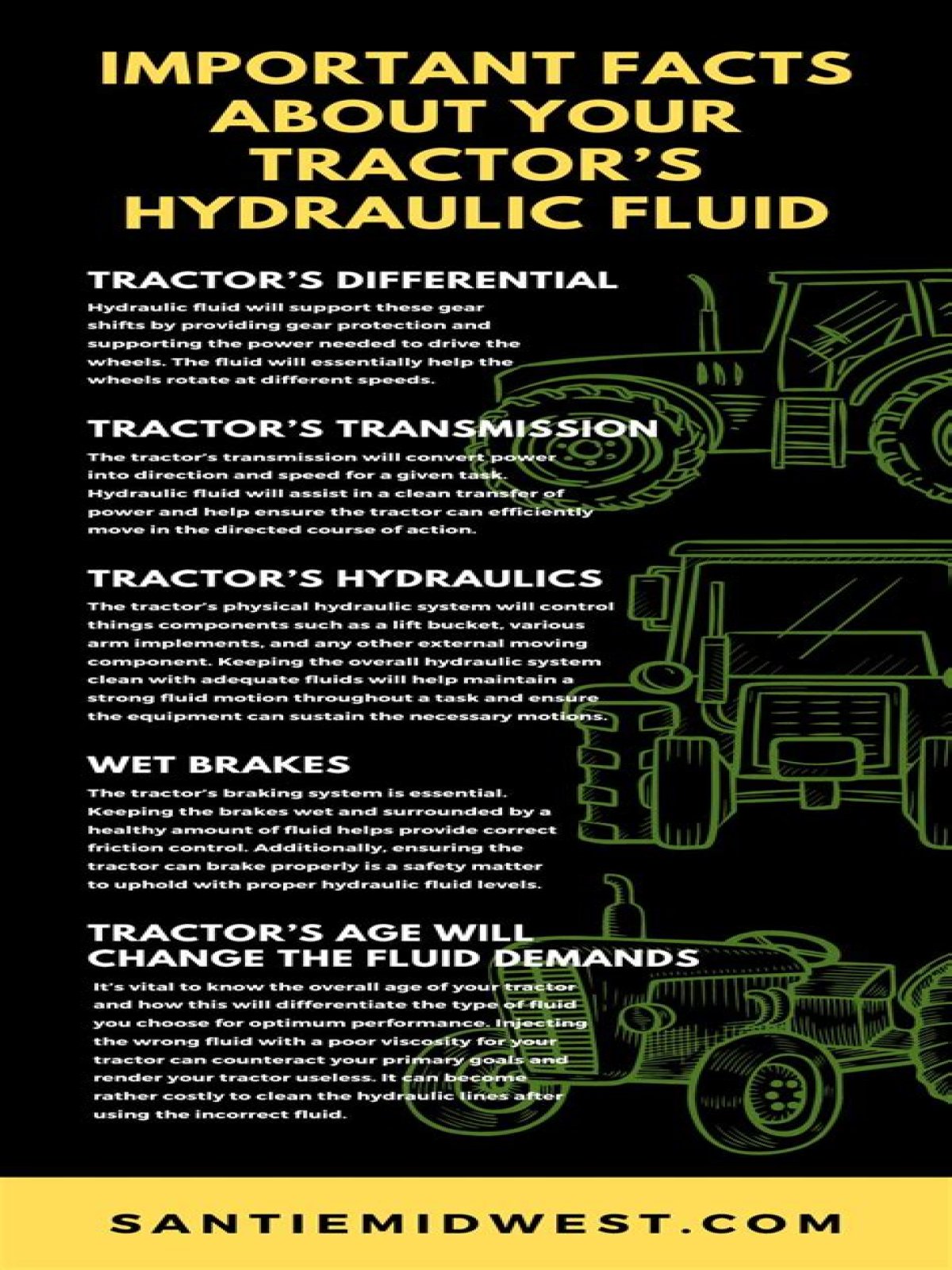How big do return hoses need to be for hydraulic system?
Using a simple nomograph provided by the hose manufacturer provides guidance in safely sizing the hoses for hydraulic system’s pressure and return circuits once the pump output flowrate is selected. Normally, return hoses must be sized larger than pressure lines (see manufacturer’s nomograph).
What can affect the life of a hydraulic hose?
However, there are many factors that influence the actual working or service life of a hydraulic hose, such as the type and temperature of the fluids, operating pressure and flow, static or dynamic conditions and environmental conditions.
Is it OK to mix and match hydraulic hoses?
Mixing/matching of hose components outside of this recommendation can lead to unsatisfactory performance and disaster. While hydraulic hoses are highly durable, the pressure cycles they experience through normal operation and natural degradation will eventually lead to failure.
What should the temperature of a hydraulic hose be?
Temperature: Typical rubber hoses are designed for operating temperatures ranging from -40° F to 212° F. Certain other hose materials can provide safe performance up to 250°, even 300° F. PTFE tubed hoses can safely be used up to 450° F. Hydraulic fluids or ambient conditions outside of this range can lead to premature failure.
When do you use a braided hydraulic hose?
Hydraulic hose is used primarily when bending of hydraulic lines is necessary. It is flexible, so it doesn’t transmit vibration, and it is typically layered for reinforcement. Braided hydraulic hose features a sheath of braided wire or textile based yarn around the inner tube and is a common feature of high temperature hydraulic hose.
Using a simple nomograph provided by the hose manufacturer provides guidance in safely sizing the hoses for hydraulic system’s pressure and return circuits once the pump output flowrate is selected. Normally, return hoses must be sized larger than pressure lines (see manufacturer’s nomograph).
However, there are many factors that influence the actual working or service life of a hydraulic hose, such as the type and temperature of the fluids, operating pressure and flow, static or dynamic conditions and environmental conditions.
Mixing/matching of hose components outside of this recommendation can lead to unsatisfactory performance and disaster. While hydraulic hoses are highly durable, the pressure cycles they experience through normal operation and natural degradation will eventually lead to failure.
